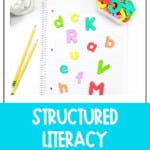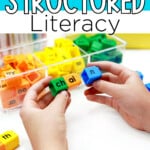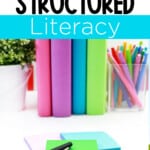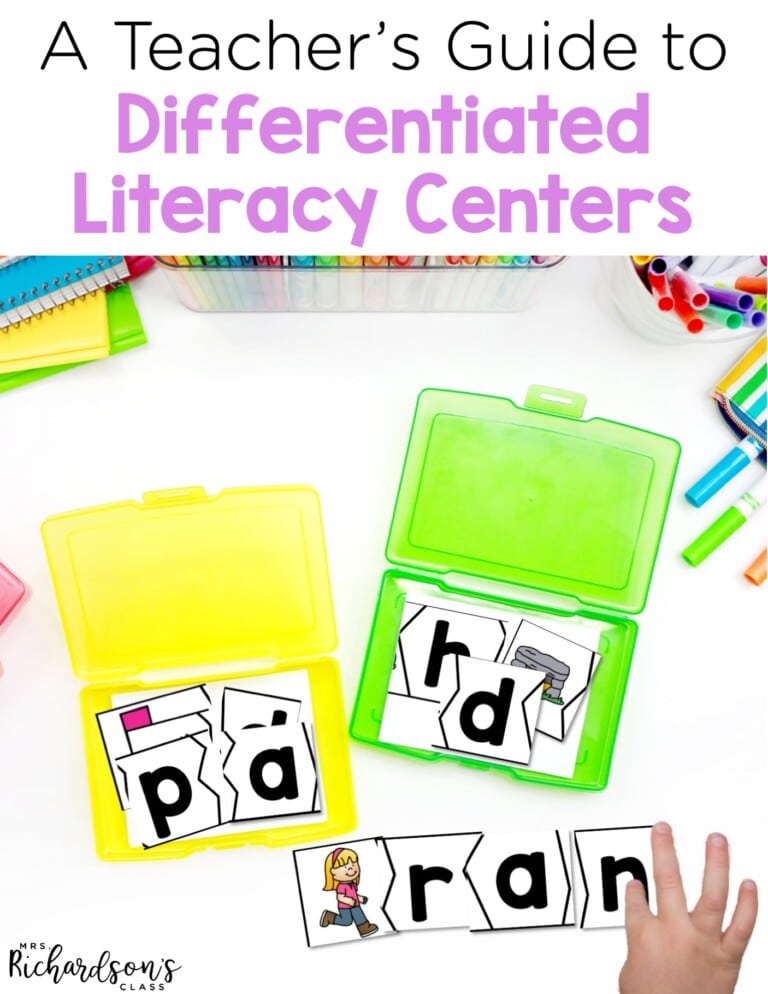

It seems like the word Structured Literacy is everywhere. But what does it actually mean? If you’re a balanced literacy teacher and want to start making the switch, but aren’t sure how, you’re in the right place!
Structured Literacy can be a powerful approach to teaching reading and writing. Here’s the thing…it is true that some students learned to read through balanced literacy. But the keyword there is some. Structured Literacy is beneficial for all students.
Let’s dive into what this approach is, what the components are, and why it’s so beneficial for our growing learners!
Structured Literacy is an approach to teaching students how to read that is explicit and systematic. Explicit means teachers are clearly teaching and explaining the skills they are teaching. They are modeling them directly in front of their students.
Systematic means the skills are well thought out and progress from easy to more difficult. This might be seen in a scope and sequence. The skills should build upon one another. Structured Literacy also provides opportunities for teachers to assess students to make sure they are learning and applying the skills they are teaching.
There are many components of the English language that are taught in Structured Literacy. To stick with the basics of structured literacy, we’ll discuss the key components.
Phonology is the study of sound structure in spoken words. We start with phonological awareness skills before students even begin to read. Phonemic awareness includes rhyming, segmenting sentences into words, identifying beginning and ending sounds in words, and determining syllables in words. We then move to teaching students the sounds represented by letters.
Sound Symbol Associations means understanding that words are made up of sounds and we have to know what sounds (phonemes) are represented by certain letters (graphemes). Students need to be explicitly taught the sounds and how to segment and then blend sounds together to read words.
Syllable instruction includes teaching students the types of syllables so that they can identify them in words and use them to decode multisyllabic words. It also includes syllable division rules. You can read more about the types of syllables here.
Morphology is the study of words. Morphemes are the smallest units of meaning in a word. These include base words, prefixes, and suffixes. You can read more about morphology here.
Syntax is how we order words in a sentence so that others understand what we mean.
Semantics is when we find meaning in language. We can talk about finding meaning in words, sentences, or phrases.
Structured Literacy benefits ALL students, not just some. All students need explicit and systematic instruction in word decoding skills and in the English language to become strong and successful readers and writers.
Structured Literacy breaks down language and literacy skills into smaller, sequential components, ensuring that students grasp each skill before progressing to the next. By providing explicit instruction, it equips students with the tools needed to decode words, recognize patterns, and comprehend written text more effectively.
Remember, the ultimate goal is to foster a love for reading and writing while empowering students to become skilled communicators in an ever-evolving world.
Are you ready to bring structured literacy to your classroom? Do you want low-prep centers to help save you time each week planning? I have sets of Science of Reading Literacy Centers that help reinforce skills like rhyming, alphabetic knowledge, syllables, digraphs, and more!
You can get each set individually or snag the Science of Reading Centers Bundle to save!
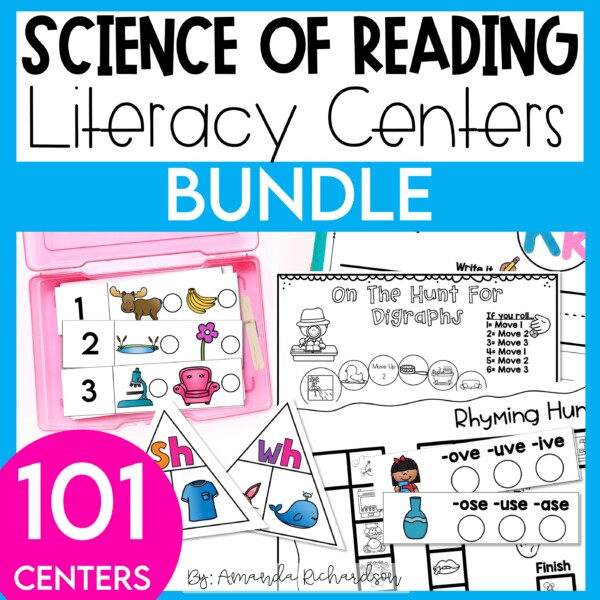
Here are each of the skills covered:
You’ll keep students engaged in purposeful activities that help build a solid foundation in structured literacy while you are using your science of reading small group curriculum to meet readers where they are.

Want to use the latest research to boost your readers during small groups? This FREE guide is packed with engaging ideas to help them grow!

I’m a K-1 teacher who is passionate about making lessons your students love and that are easy to implement for teachers. Helping teachers like you navigate their way through their literacy block brings me great joy. I am a lifelong learner who loves staying on top of current literacy learning and practices. Here, you’ll find the tools you need to move your K-2 students forward!
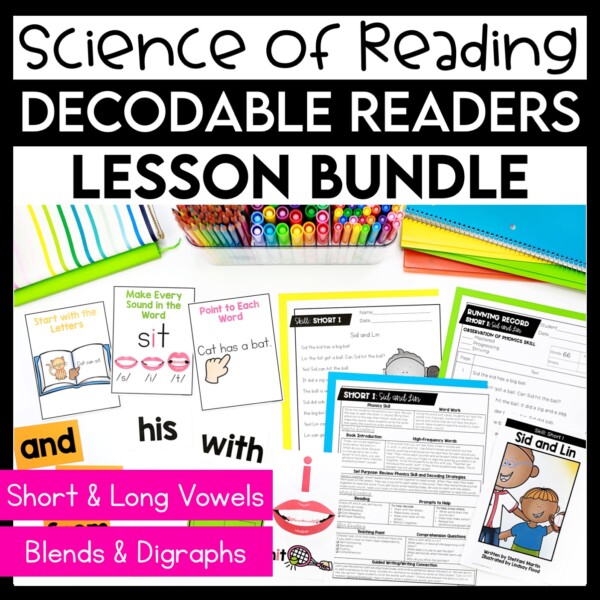


| Cookie | Duration | Description |
|---|---|---|
| cookielawinfo-checkbox-analytics | 11 months | This cookie is set by GDPR Cookie Consent plugin. The cookie is used to store the user consent for the cookies in the category "Analytics". |
| cookielawinfo-checkbox-functional | 11 months | The cookie is set by GDPR cookie consent to record the user consent for the cookies in the category "Functional". |
| cookielawinfo-checkbox-necessary | 11 months | This cookie is set by GDPR Cookie Consent plugin. The cookies is used to store the user consent for the cookies in the category "Necessary". |
| cookielawinfo-checkbox-others | 11 months | This cookie is set by GDPR Cookie Consent plugin. The cookie is used to store the user consent for the cookies in the category "Other. |
| cookielawinfo-checkbox-performance | 11 months | This cookie is set by GDPR Cookie Consent plugin. The cookie is used to store the user consent for the cookies in the category "Performance". |
| viewed_cookie_policy | 11 months | The cookie is set by the GDPR Cookie Consent plugin and is used to store whether or not user has consented to the use of cookies. It does not store any personal data. |
